Jobs to do in the garden in February — what to start planting and preparing
It might be cold outside, but there are still plenty of jobs to do in the garden this month...

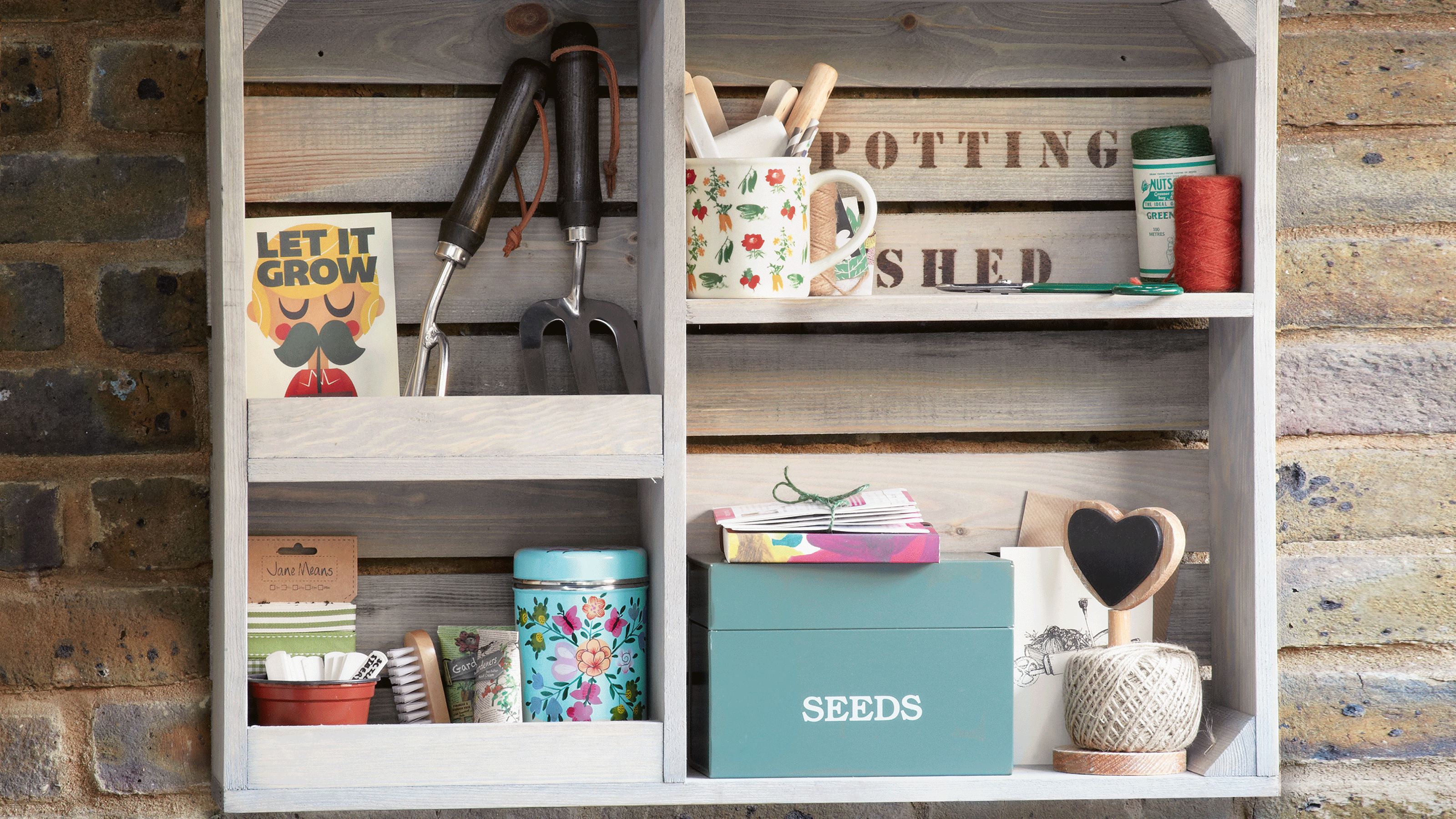
The garden may appear dormant this month, but as the days gradually lengthen and temperatures slowly climb, there are plenty of jobs to do in the garden in February to get ahead for spring.
The easiest February garden jobs include sweeping away leaves, debris and fallen twigs and spreading flower and vegetable beds with mulch to feed the soil. And if you're wondering what to plant in February, there's a surprisingly long list of flowers, fruits and vegetables you can sow indoors (and even outdoors) this month.
At this time of year, your garden’s structure will be clear, so it's the perfect time to learn what you should prune in February, too.
We've rounded up the top jobs to do in the garden in February to keep you busy before spring arrives.
Jobs to do in the garden in February
1. Create an indoor garden
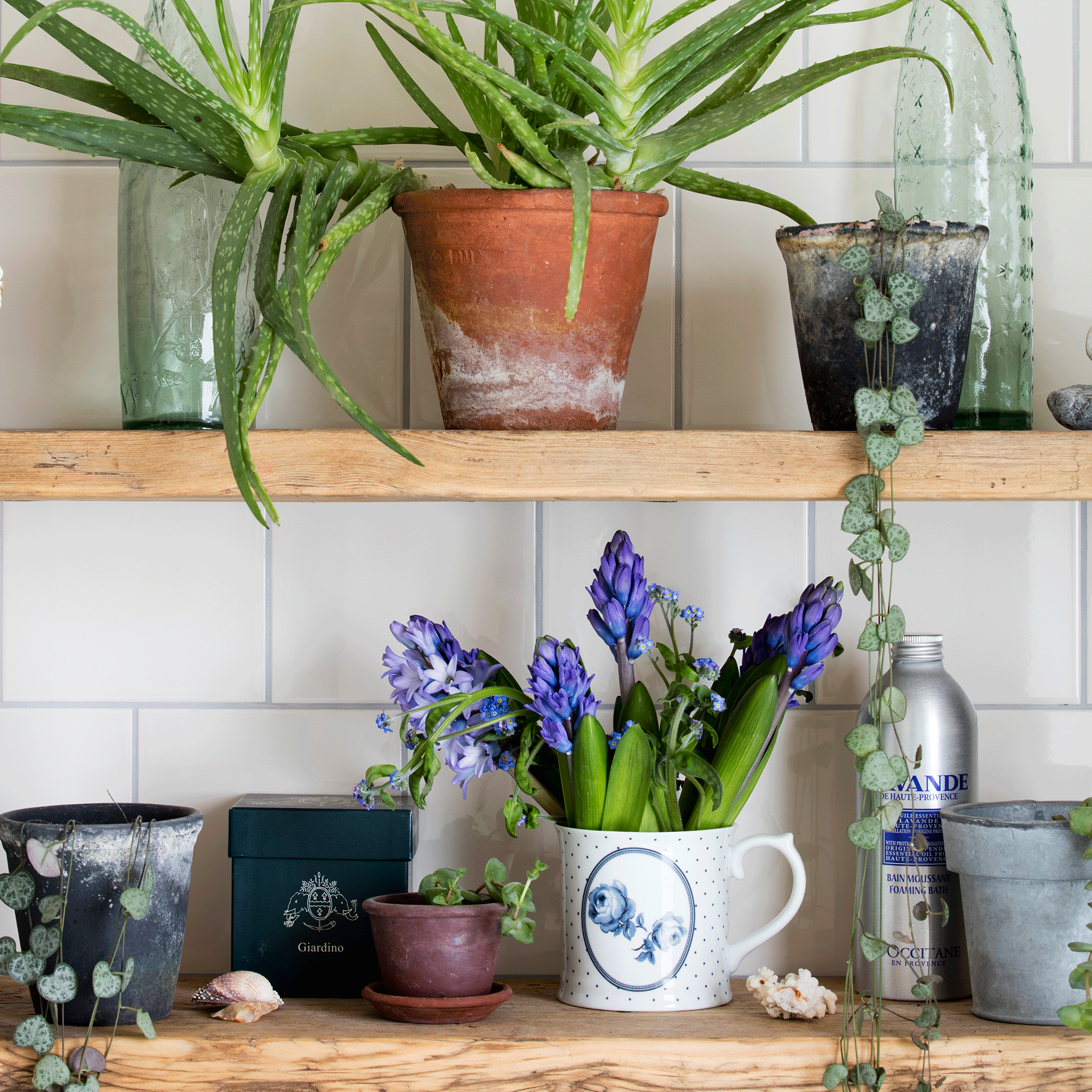
Even in February, you can easily create an indoor-outdoor link by bringing garden bulbs such as snowdrops, crocus and early daffodils inside early. Re-plant them in a shallow, decorative plant container and surround them with a cushion of fresh green moss.
No flowering bulbs? Give all of your houseplant ideas an extra dose of TLC. Dry indoor air, thanks to central heating and closed windows, is one of the biggest winter houseplant problems. Tackle this by misting your plants regularly. For misting, we like to use boiled water that's been left to cool to avoid ‘shocking’ the plant with cold tap water, which may include chemicals.
Also, check that all of your houseplants are receiving as much natural light as possible. February daylight is precious, so open blinds fully during the day and keep windows as clean as possible.
Sign up to our newsletter for style inspiration, real homes, project and garden advice and shopping know-how
2. Plant new roses and prune existing ones
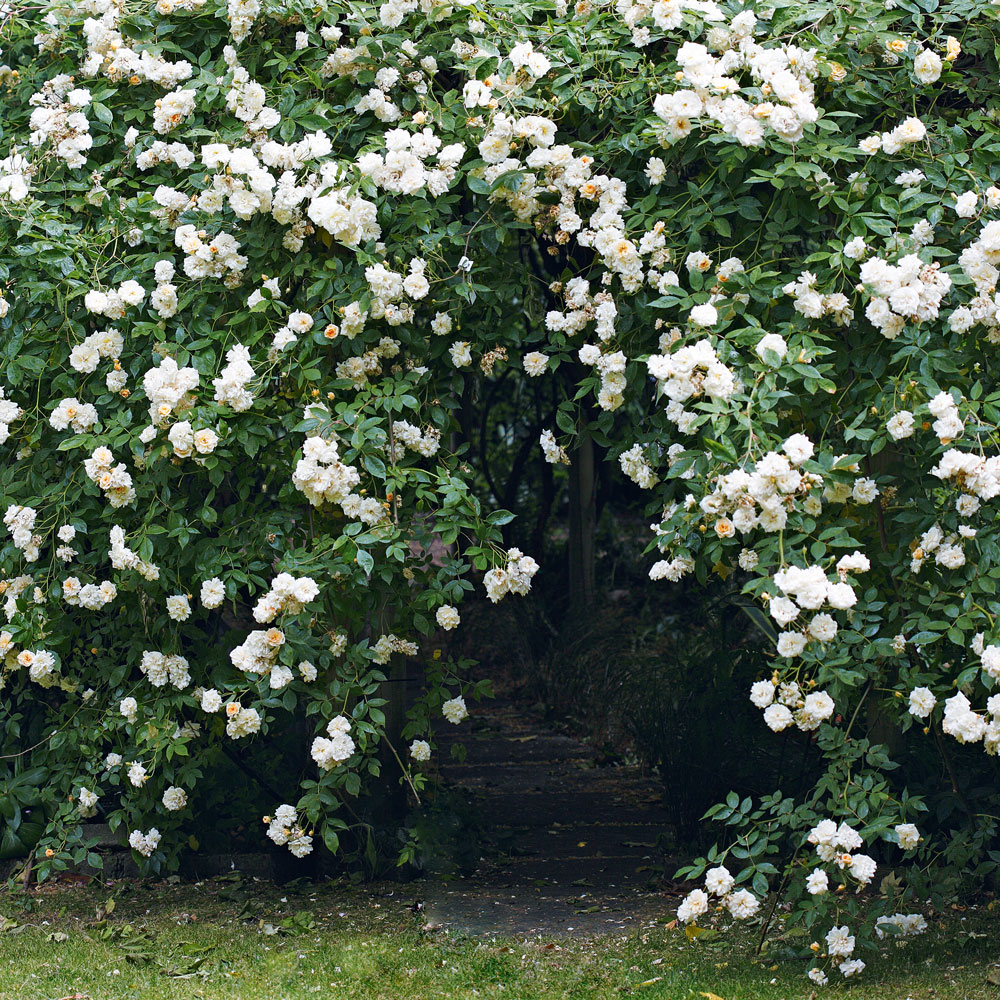
February is the ideal time to learn how to plant roses — and as long as you avoid especially frosty weather, roses can be pruned in February, too.
If you're learning how to prune roses for the first time, bear in mind that the ideal shape for a shrub rose is goblet-like. Prune so that the outside branches will curve out gently and upwards, leaving plenty of air in the centre to allow buds to flourish.
When pruning, don't be frightened to prune with rigour and remove old wood and misshapen branches. Roses are rarely killed by hard pruning. But remember, these rules apply to shrub roses only. Give climbing roses a trim in February and tie them in. With ramblers, tie them in and then leave them until after flowering in summer, when they can be pruned as required.
3. Prune shrubs and trees

A very fruitful February garden job is to get ahead with the pruning now. You can prune apple trees and pear trees whilst they're still dormant, but leave plum trees, cherry trees and apricots until the summer to avoid silver leaf disease.
Winter-hard evergreens such as Prunus laurocerasus and Viburnum tinus can be pruned now if they’ve become overgrown. Ensure that you complete any tree or shrub pruning this month before birds begin nesting.
You can also prune Buddleja, Fuchsia, Lavatera, Ceratostigma and other late-flowering shrubs this month. And go in hard — a rigorous approach will encourage such shrubs to produce lots more flowering wood in the spring.
4. Prepare your pots
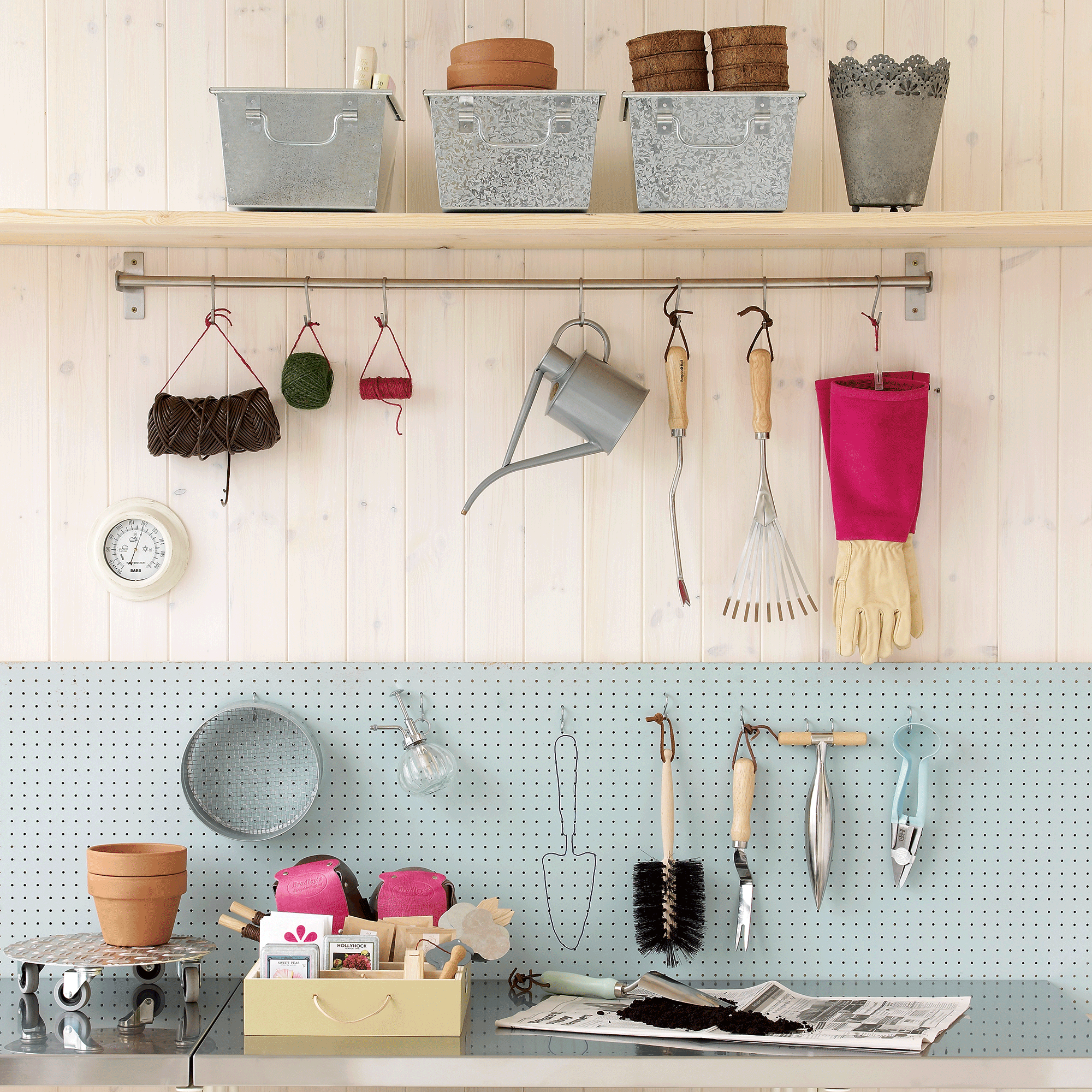
First, gather together all your containers and pots and make an assessment. Recycle any which have split due to hard frost or suffered other damage. Broken terracotta and ceramics can be recycled as crocks.
Horticultural experts are divided on how much value crocks — shards of hard material laid at the bottom of a container — add. Those in favour say crocks offer free drainage; those against say that water does not flow freely from fine-textured compost into coarser elements such as crocks, meaning the pot ends up waterlogged in wet weather.
Give all your pots a good brush and wash-down using a very mild solution of warm water and washing-up liquid, adding a modest capful of household bleach to help kill germs.
5. Plant up a colourful winter container
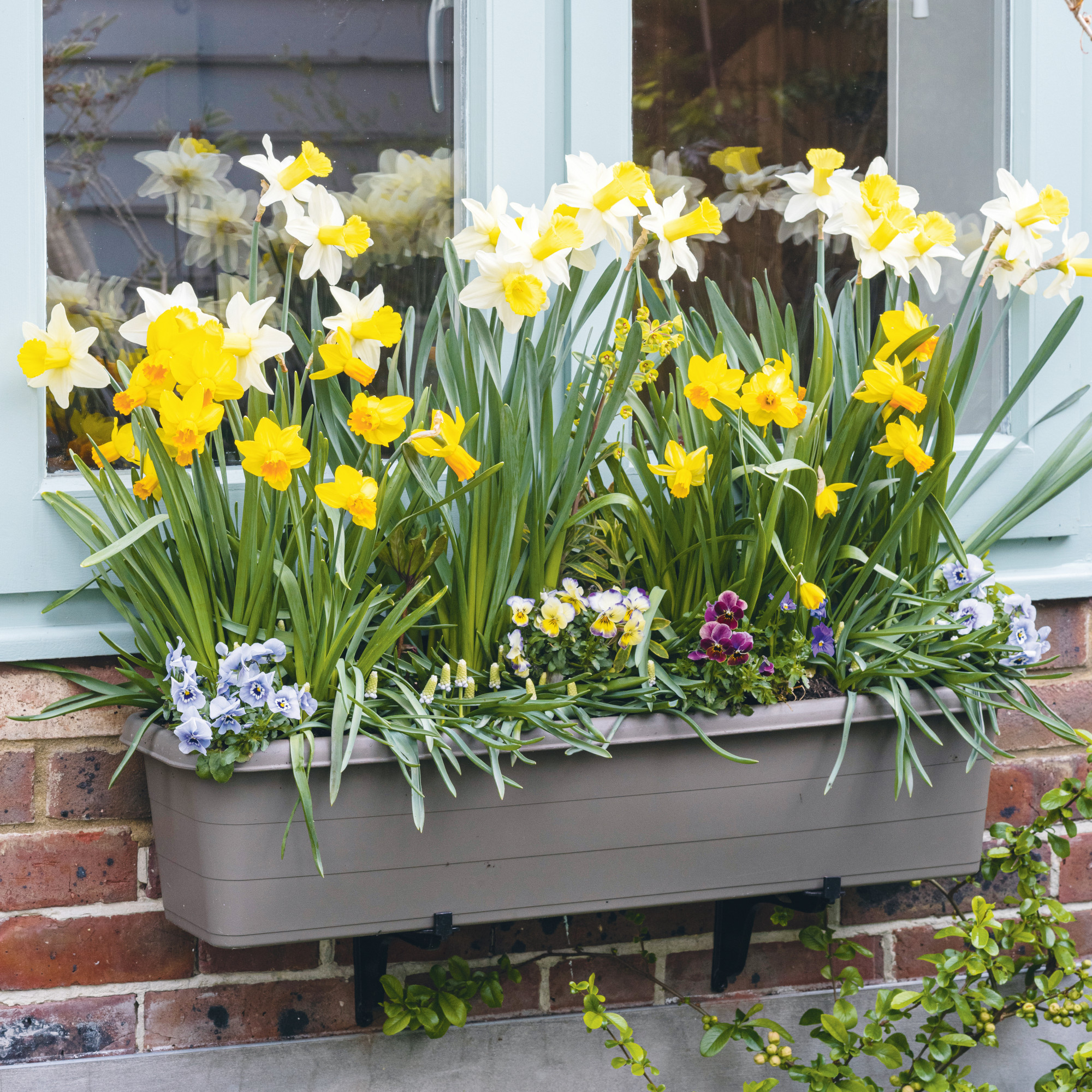
If you’re looking for easy garden ideas, planting up a container will add colour and charm.
Gardener Sarah Raven loves to plant the perennial wallflower Erysimum 'Winter Orchid' in February. 'It’s perfect for growing in spring containers, renowned for flowering from spring right through the summer, and often one of the first plants to come into full bloom,' she says. The heavily-scented flowers emerge as a coppery orange, turning purple as they age.
If heavy snow is forecast, move your spring container somewhere sheltered. Should frosty conditions descend, wrap everything in protective horticultural fleece or a similar outdoor plant cover to protect plants and stop compost from freezing.
6. Add sparkle to a winter garden
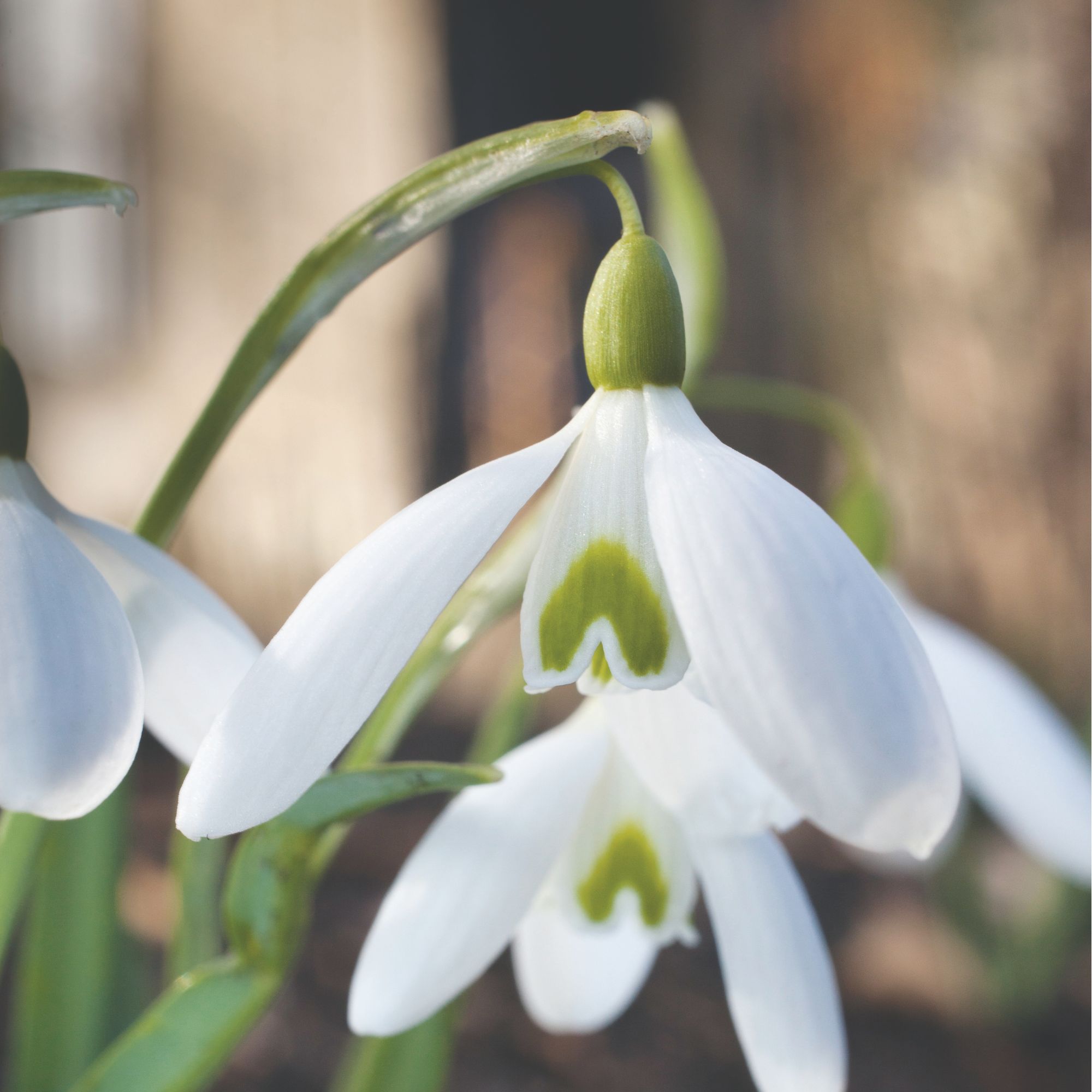
When the February weather is grey, liven things up by adding seasonal outdoor plants with white or silver foliage.
To bring sparkle to our gardens during the chilly winter months, one of our favourites is Cyclamen coum. These tiny plants, with mottled silver and green kidney-shaped leaves and pink flowers, are on the same small but perfectly-formed scale as their bedfellows — snowdrops. They're fully hardy and will offer flowers from December into March.
These plants are happiest when situated under deciduous shrubs, but can also be a success when left to naturalise in short grass.
7. Edge the lawn

One of the quickest and easiest ways to make your garden look sharper and less straggly is to edge your lawn.
Cut your lawn edges using a half-moon edging iron or flat-bladed spade. This will immediately neaten up the appearance of your lawn ideas and save work later. You should also maintain a 7.5cm ‘gutter’ around the lawn edges to prevent grass from spreading into your borders. Any spare turf can be used to repair bare patches of lawn.
If the weather is warm enough, you can even start mowing your lawn. The RHS says grass will start to grow at temperatures above 5°C — but set the mower’s cutting height to its maximum, and only mow when the grass is dry.
8. Sort out your seeds

Start preparing seed beds this month and sowing vegetables under cover. Invest in seed trays, as this will make it easier when it comes to moving the fledgling plants outside.
'Try starting with some salad veg, broad beans and summer cabbages,' says Chris Bonnett, owner of Gardening Express 'You can start these in the greenhouse in seed trays, or outside under cloches to protect the seeds.'
As for flowers, Sarah Raven believes there’s very little that needs propagating this early in the year, but sweet peas, cobaea and snapdragons are the exceptions. 'These are all excellent container plants which benefit from having that bit longer to grow before the summer,' she says. 'Sowing them now ensures you have plenty of time for them to germinate and develop their roots to ensure the maximum length of flowering.'
9. Take hardwood cuttings
Don’t delay this last-chance February garden job, warns Annelise Brill, horticultural expert at Thompson & Morgan, as hardwood cuttings of plants such as buddleia, forsythia and philadelphus (mock orange) need to be taken before the sap starts to rise.
'Hardwood cuttings aren’t hard!' Annelise says. 'You don’t need a greenhouse, and they can be left outside to root with just the occasional watering required.'
10. Think outside the box

On colder days, spend time planning out your garden for the months ahead, selecting the plants, fruit and vegetables you want to grow and ordering everything you will need.
This is a great time to acquaint yourself with this year’s garden trends, and when the garden is bare, it’s also a great opportunity to formulate major additions such as outdoor buildings, fencing and garden structures. Research online and plan garden centre and retailer visits so you can compare styles and prices.
FAQs
What can I plant in my garden in February?
There's a broad range of plants you can add to your garden this month, and there are a number of jobs to do in a vegetable garden in February, too.
'February is ideal for planting bare-root trees and shrubs,' says Annelise from Thompson & Morgan. 'The soil is becoming warmer and drier, giving them a head start on establishing a good root system before they leaf up in Spring.'
You can continue planting any hardy plants now, but Annelise warns that you should delay planting Mediterranean shrubs such as lavender and cistus until the weather turns warmer.
What can I cut or harvest in my garden in February?
Root vegetables, hardy green vegetables such as brassicas, and stems of tinted hardy shrubs such as dogwood are all available in February. And in warmer parts of the country, you may even see catkins start to appear.
Annelise says you can — and should — cut down deciduous ornamental grasses that have been left for winter structure, dry them, and use them for indoor decoration. 'Do this as soon as you see new shoots coming through,' she advises. 'This includes Miscanthus, Molinia and Pennisetum.'
Meanwhile, evergreen grasses such as Stipa tenuissima (Nassella tenuissima), Carex and Festuca, benefit from a spring tidy with a thorough rake through to remove dead foliage.
What outdoor maintenance jobs can I do?
There are lots of outdoor maintenance jobs to do in the garden in February, says Chris at Gardening Express.
'Build raised beds If you want to grow some vegetables [you can build from scratch with timber or invest in a kit] before the growing season gets well underway,' he says. 'Raised beds are great for growing — the soil warms up faster and drainage is better.'
Chris also recommends installing a water butt to save rainwater. And, if you have one, clean your greenhouse thoroughly. Start by sweeping or vacuuming away loose dirt, compost and soil. Wash windows inside and out with hot soapy water or a glass cleaning solution. This February gardening job will mean your greenhouse is in tip-top condition for all those new plants and seedlings in the spring.
If you want to take a closer look at jobs you can do in a vegetable garden in February, we have a guide on that, too.

Jayne Dowle is an award-winning freelance gardening, homes and property writer who writes about everything from swimming ponds to skyscraper apartments, for publications including Sunday Times Home, Times Bricks & Mortar, Grand Designs, House Beautiful and The Spectator. Awarded the Garden Journalist of the Year accolade at the Property Press Awards in 2021, she has a degree in English Language and Literature from the University of Oxford and a lifelong love of homes, interiors and gardens.